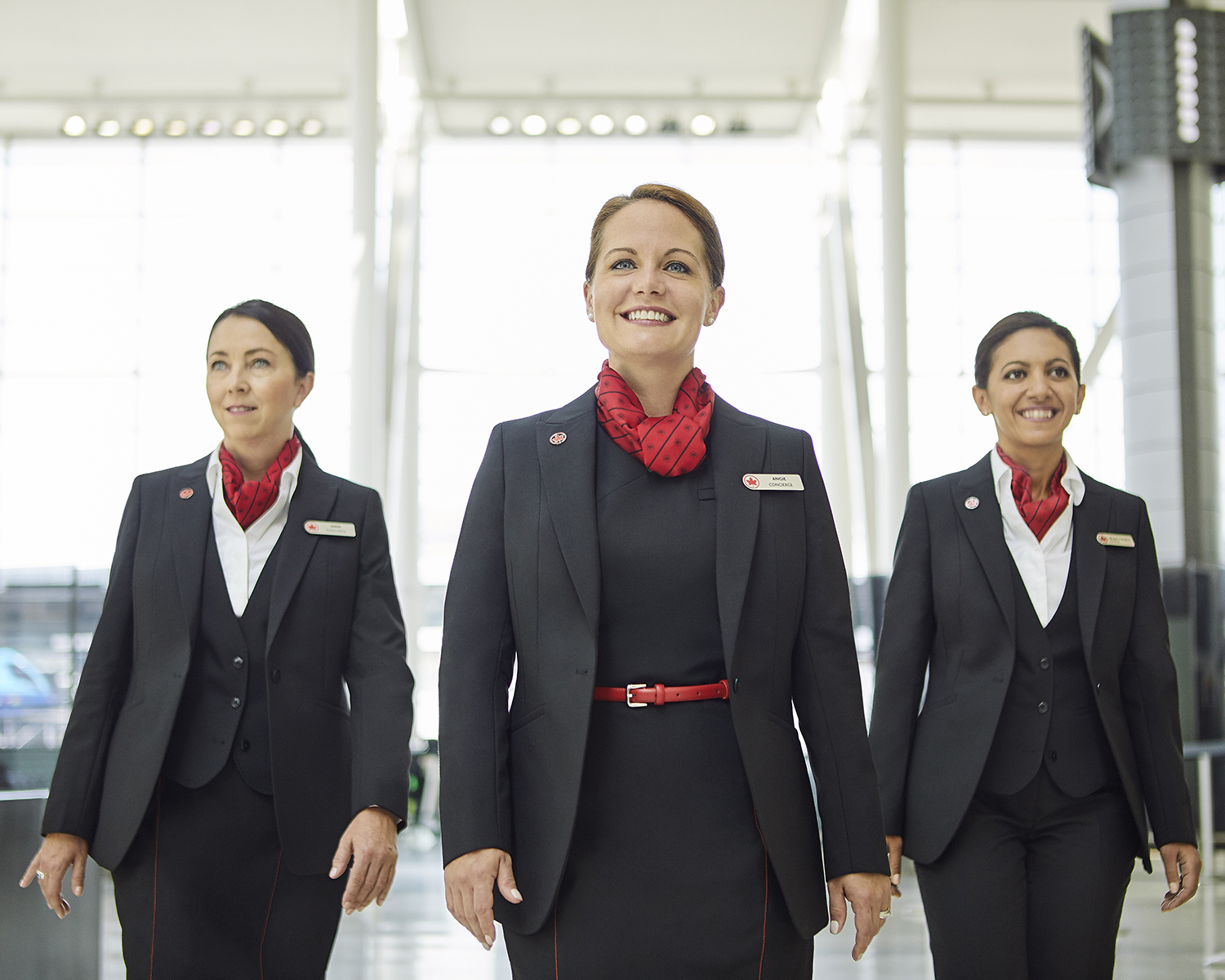
Air Canada: Winner, OHS Culture Award at 2022 OHS Honours
September 15, 2022
By
Todd Humber

Photo: Air Canada
Air Canada thinks very big, and very small, when it comes to keeping its workforce and customers safe.
In the submission for the OHS Culture Award, Chris Koroneos, senior manager of industrial hygiene and biosafety, said the airline strives to be a global ambassador for the nation.
“(We’re) proudly flying the flag and sharing the best of Canada around the world,” he said. “We pride ourselves on being one of the safest airlines in the world, which is a reflection of the overall health and safety mindset.”
For front-line employees, it means ensuring every single person feels comfortable in raising their hand when they see something unsafe, said Joseph Bajzath, senior director, corporate safety and emergency management at Air Canada.
“Our safety reporting policy is non-punitive, and it’s confidential,” he said. “If you, as an employee, see a safety infraction, or have a safety concern, you can submit that and your identify will be protected. It starts there foundationally.”
Pandemic brought challenges
The culture at Air Canada has been pushed and tested to the extreme over the last few years. The pandemic brought everything to an abrupt halt in the spring of 2020. Now, as appetites for travel return and everything re-opens, pent-up demand means people are flooding back to airports — and the entire industry has struggled to recover at the same speed.
Despite those trying circumstances, safety won’t take a backseat, he said.
“We have taken measures to embed additional resources into the operations, to ensure that people are not cutting corners,” he said. “The message is ‘Follow your SOPs (standard operating procedures) and, if we have to take a delay, we will take that delay.’ And nobody is going to be punished for it.”
Bajzath said the way it all been handled speaks volumes about the strength of the safety culture at Air Canada.
“People have been heard, and we’ve made the adjustments we’ve felt were necessary,” he said. “I can’t thank our employees enough for their work under very, very trying circumstances.”
It starts at the top
It’s cliché, but safety needs to start at the top and be lived by leaders. To ensure that happens, culture change is a corporate priority that is attached to performance management. Leaders are challenged on numerous fronts, including fostering a climate of “empowerment, accountability and pride”; pushing safety to comply with laws, regulations, the environment and the community; and embracing a “Everything Must Change Mindset.”
The airline has 64 different health and safety committees that play a “huge role” in ensuring hazards are identified.
“And not just that we identify them, but we mitigate them, and that we work collaboratively,” he said. “That’s a big piece of our health and safety culture, and these committees play a critical role.”
Web OHS tool
One of the best safety ideas came out of those committees — the development of a Web OHS tool. Meetings are run through that tool, minutes are captured and concerns and complaints are embedded in it.
“That was a significant technological step forward for us, because it is repository for all things,” he said, crediting it for a shift towards collaboration and away from confrontation.
“The reason we saw that shift is because the trust factor has really increased because we’re completely transparent now,” he said, including information on concerns that were raised and the resulting investigations. “Nobody’s hiding anything.”
Culture is something that is tough to measure, falling into that “I know it when I see it” category. Bajzath sees it in the mindset of the workforce.
“I think every employee knows that their safety, and the safety of their colleagues, the safety of the passengers, is top of mind,” he said. “Our employees come into the workplace knowing that we all strive for them to go home safe and healthy at the end of their shift. And that’s really the basis for our safety culture.”